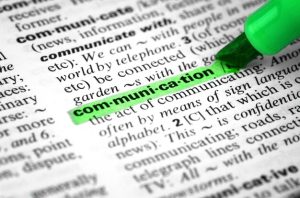Introduction:
Artificial intelligence has ushered in a new era of language learning tools, with chatbots gaining popularity as interactive and human-like language tutors. Among these, ChatGPT stands out as an AI-powered chatbot that engages users in natural conversations, providing valuable feedback and assistance. However, its potential as a second language (L2) writing tool has sparked debates among academics, who raise concerns about its impact on writing pedagogy and academic integrity. This tech review delves into the benefits and challenges of using ChatGPT for L2 writing, offering recommendations for effective classroom practices.
ChatGPT: Nature and Capabilities:
ChatGPT, or Chat Generative Pre-trained Transformer, developed by OpenAI, is a powerful AI chatbot equipped with extensive computing capabilities and vast knowledge to understand prompts in context. It functions on desktops and mobile phones through various web browsers. Powered by a large language model (LLM), ChatGPT has the ability to comprehend and respond contextually to user queries.

Potential Benefits for L2 Writing:
ChatGPT offers a range of potential benefits for L2 writers. One significant advantage is timely and adaptive feedback, providing writers with valuable insights to improve their language proficiency. It also serves as a platform for practice writing, enabling learners to gain confidence and fluency. Additionally, as a readily available and dependable writing assistant, ChatGPT can assist writers in various aspects of their composition process.
Challenges and Limitations:
Despite its potential, ChatGPT does have limitations. It may occasionally produce inaccurate or unintelligible responses, which could hinder its effectiveness as a writing tutor. The chatbot is also sensitive to variations in input phrasing, leading to different responses with repeated prompts. This inconsistency might raise concerns about its reliability as a learning tool.
Adapting Classroom Practices:
The introduction of ChatGPT in language classrooms poses both challenges and opportunities for L2 writing teachers. Rather than outright banning the tool, teachers can explore ways to integrate it into their practices and leverage its potential effectively. Emphasizing the value of the writing process can help mitigate potential issues. Encouraging students to document their writing steps, such as topic selection and context setting, ensures that the tool complements the learning process.
Future Research Directions:
As research on ChatGPT is in its early stages, there is immense potential for further development and exploration. Researchers and teachers can collaborate to explore systematic integration of ChatGPT into the writing process. The chatbot can be effectively utilized as a pre-writing, during-writing, and post-writing tool, with proper safeguards to maintain academic integrity.

Conclusion:
ChatGPT holds promise as a valuable language learning tool for L2 writing. Despite its challenges, effective integration of ChatGPT into language classrooms can lead to enhanced writing skills and improved learning experiences. By understanding the benefits and limitations of this AI-powered chatbot, educators can make informed decisions and create a more dynamic and engaging environment for L2 writers.




